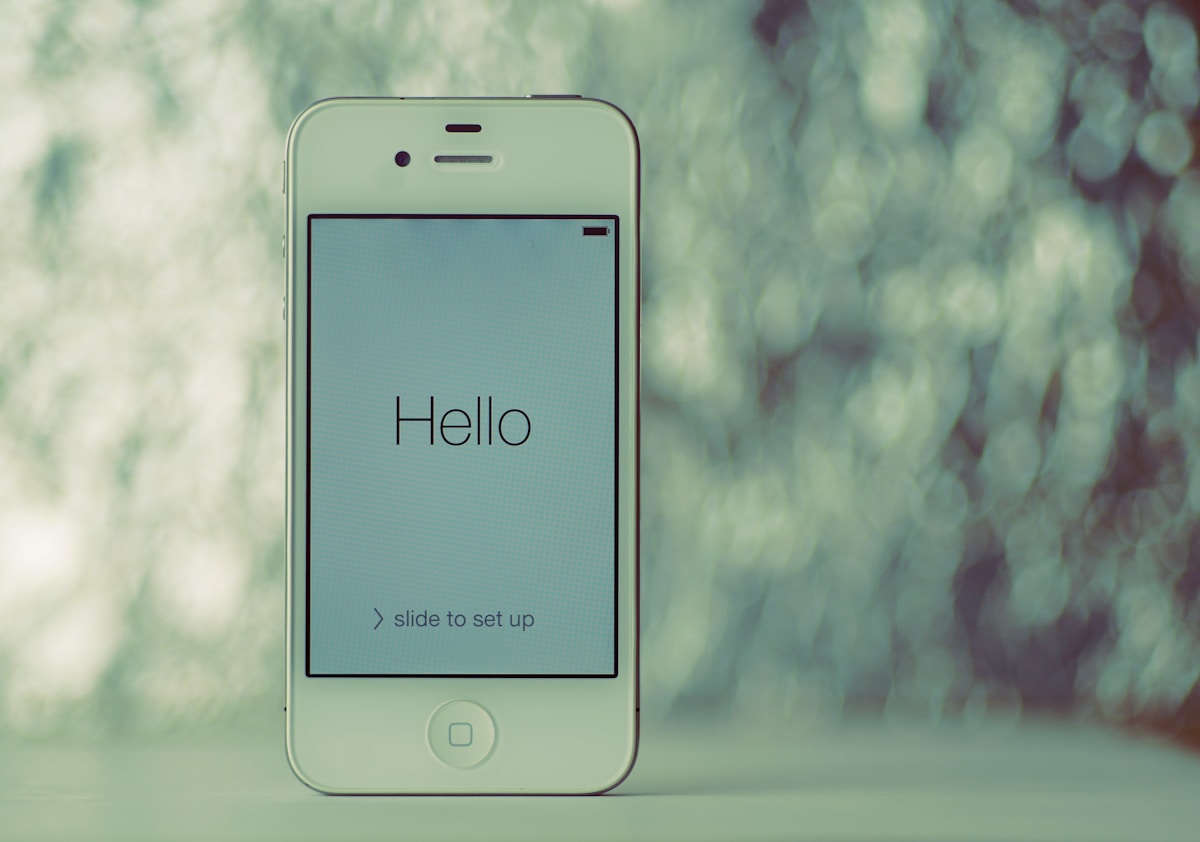The Best Design Apps for Writers

Self-publishing involves a lot of design. Everything you publish, starting with the book cover and your website, has to be designed nicely and appealingly. You can hire a designer if you can afford it, but many writers have to self-publish on a tight budget.
This means that a writer has to step into the role of a designer and start using apps and tools that can help them get the job done. Much like hiring a designer, these tools can be costly too. Thankfully, though, there are many options that are free or available at an affordable price. Here is the list of the ones I find indispensable.
Creative Market
Creative Market is one of my favorite platforms for design goodies. They offer everything a designer might need ranging from fonts to illustrations and templates. The best part of it is that you get 6 free goodies every Monday straight into your mailbox. You can also get a bundle of fonts or other useful resources for a bargain price of just a few dollars.
One could spend hours browsing the Creative Market. Not everyone can sell there since all applications are vetted by the platform. As a result, most designs there are inspiring, often incredibly cute, and useful. You might even be able to find and connect with an illustrator if you are looking for one.
Dealjumbo
Another great site for design resources and fonts is Dealjumbo. In addition to freebies, you can get some amazing deals too. They have the most unique fonts that can be great for book cover design or social media posts. Make sure to subscribe for their newsletter to get special deals at a bargain price. Again, you can spend hours on Dealjumbo just browsing and coming up with ideas.
Snappa and Canva
While you're probably familiar with Canva, you might have missed Snappa. Even though both apps have similar functionality, Snappa is my go-to place when it comes to book covers. I find its interface more intuitive and easy to use than Canva's. On the other hand, though, Canva has a nicer selection of fonts and a handy option of downloading print-ready files.
Both apps can be used to create all sorts of images, book covers, and ads without the need to download any software. They also offer a wide selection of templates and images that make it easy to get the work done quite literally in a snap.
GIMP
GIMP is an image manipulation program. It's a free, open source alternative to Photoshop and it lets you do things you cannot do with rather simple apps such as Canva or Snappa. Using it does take a bit of a learning curve, though, but there are numerous free tutorials available online.
If you are willing to take the time to learn, you can do quite a lot with GIMP. You can design using layers and play with fonts and backgrounds. You can also use it to create fancy 3D book mockup images. For that, however, you also need a template and that's where the next great resource comes in.
Covervault
Covervault is an amazing resource for 3D book cover templates. The website offers a range of free mockups that come with background images. Book covers and background images can be easily replaced in Photoshop. If you don't have access to Photoshop and cannot afford to buy it, use GIMP. It will not be as straightforward and easy to do, but it can nevertheless be done. Here is an example:
3D book mockup for my books created with Covervault template in GIMP
DIY Book Covers
If you find GIMP and Covervault a bit much to handle just yet, use DIY Book Covers. It's by far the simplest and easiest option for 3D book mockups. You don't need to download any software, just go to the online app, upload your cover, select the template, click, and download. It really is that simple.
You can select among numerous templates, from single to composite images that include paperbacks as well as tablets or smartphones for ebooks. The downside of DIY Book Covers is that it only creates mockups on a white background. You can use GIMP, however, to replace that with a background image.
Stock Up, Unsplash, Pixabay
A writer needs lots of free images for book covers, blog posts, and social media. Numerous platforms offer free images, so here are just a few options. Stock Up is an interesting one because it aggregates high-quality images from several stock photo sites. Be sure to check the image licenses, though, to see what's allowed and give proper attribution when required.
Unsplash is another popular option that offers a wide selection of free photos. It is also the only stock site inbuilt in Medium. If you blog on Medium, you can easily add a photo by simply clicking the plus sign in the draft of your post and then selecting the search icon. That's how you get direct access to photos on Unsplash.
Another great option is Pixabay. The platform is especially interesting if you are also looking for free videos and illustrations. If you'd like to learn how to use these tool in book promotion, check out a guide to book promotion You Self-Published, Now What? How to Promote Your Book.

